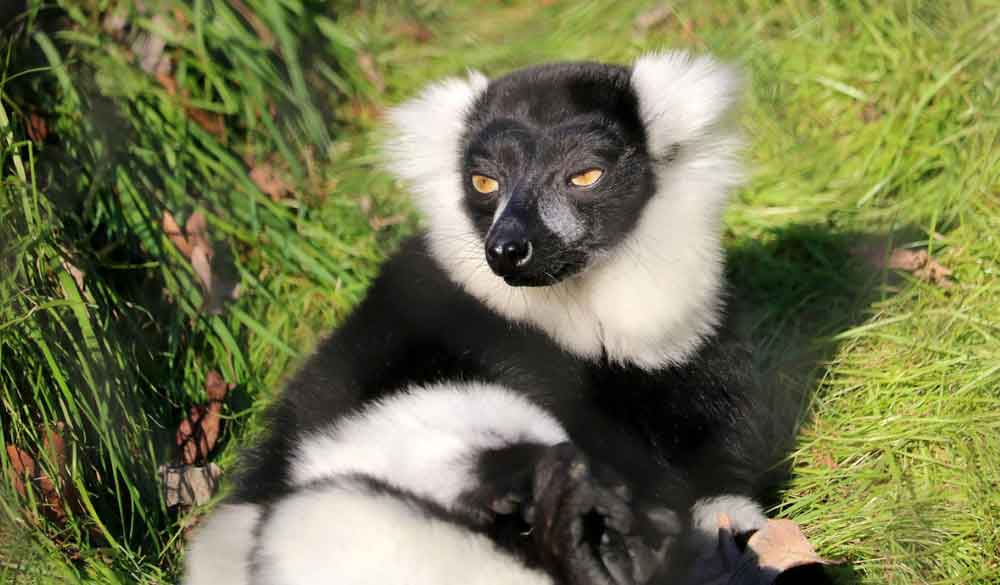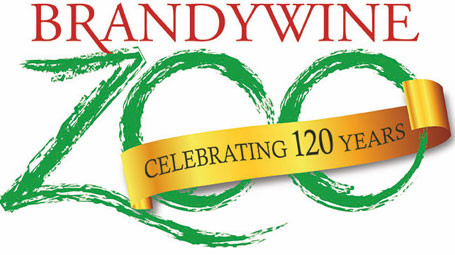Meet Our Animals
The Brandywine Zoo proves that great things do come in small packages. The Zoo features animals from the tropical and temperate areas of North and South America, Asia and Africa. Our animals range from more common species to the highly endangered. All enjoy natural settings and welcome your visit to the zoo. Some animals may be off exhibit during cold weather.
Varecia variegata
Black and White Ruffed Lemur

Habitat
Geographic Region & Range
Diet
Physical Description
Black and white fur- their hands, feet, tails, faces and heads are typically black. They have bright yellow to yellow-brown eyes.
Lifespan
Natural Habitat: 19 years
Under Human Care: Longer in human care
Threats
Status

What are AZA Zoos doing for
Black and White Ruffed Lemur
Their zoo population is managed through conservation breeding programs called Species Survival Plan programs, which ensures genetic diversity and species health. There are 170 B&W ruffed lemurs at 46 AZA-accredited facilities. AZA zoos fund and participate in field research focusing on the ecology of lemurs in Madagascar, the health of wild populations, genetics, training local residents in lemur protection strategies, and partnering with conservation organizations.
Fun Facts
They are the world’s largest pollinators! They eat nectar and the flower’s pollen sticks to their fur, getting transported to the next tree. Palm trees and other hardwoods in Madagascar depend entirely on lemur pollinators!
They are named for the “ruff” of fur that runs around their faces and chins.
They are matriarchal, meaning adult females are dominant over males.
With the exception of the howler monkey, black and white ruffed lemurs have the loudest call of all primates.




